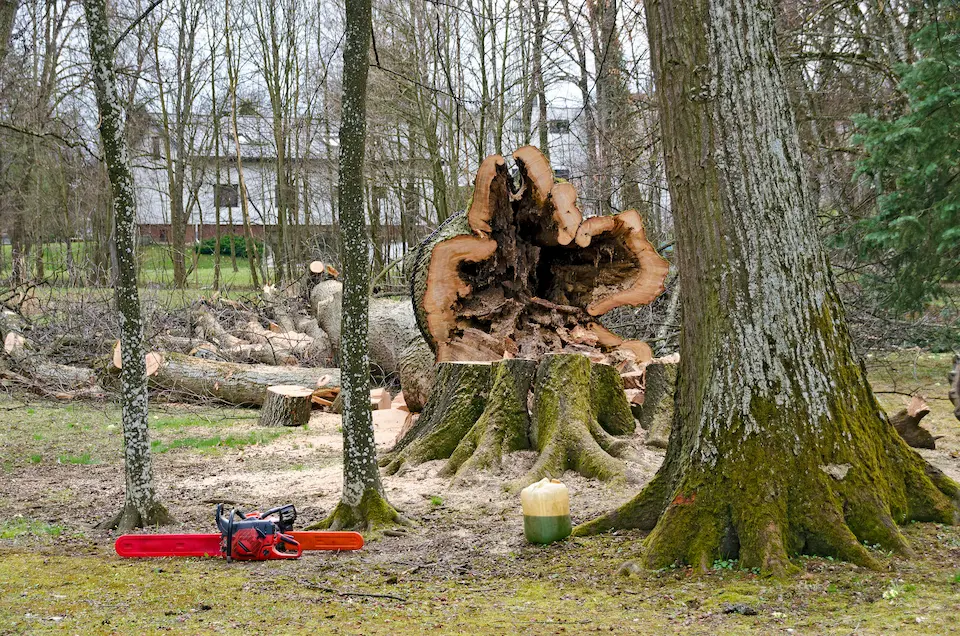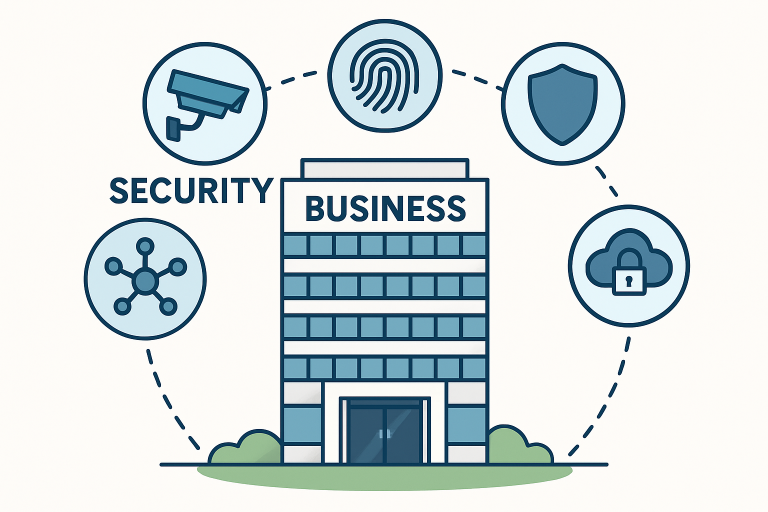Why Tree Removal Isn’t Just About Cutting Down Trees

Trees are among the most essential features of any outdoor space. They offer shade, clean air, and add to the natural beauty of our surroundings. However, there comes a time when tree removal becomes a necessity rather than a choice, often for the sake of safety, aesthetics, or the health of your landscape.
But there’s more to tree removal than simply chopping down a trunk. It’s an essential part of thoughtful landscape management and, when approached strategically, can even enhance the value, health, and look of your property.
If you’ve always imagined tree removal as something negative or merely functional, this post will shift your perspective and help you better understand the importance of knowing when and how to get it done.
The Role of Tree Removal in Property Care
Tree removal is a vital aspect of property management. While we often think of it as a last resort, it plays a significant role in maintaining and improving outdoor spaces. Whether it’s about safety, functionality, or aesthetics, each tree removal decision serves a unique purpose.
Why Might You Need Tree Removal?
- Safety Hazards
Overgrown or damaged trees pose risks to both property and people. Dead or weakened branches can fall during storms, potentially causing injury or damage. Entire trees plagued by disease or structural instability might even collapse unexpectedly.
- Disease Prevention
A single diseased tree can affect the health of surrounding vegetation. Removing a tree infected by fungi, pests, or disease can prevent these issues from spreading.
- Landscape Aesthetics
Sometimes, a tree doesn’t fit anymore. Whether it’s blocking sunlight, taking up too much space, or competing with other landscape elements, strategic removal creates a more functional, balanced, and attractive outdoor area.
- Structural Interference
Roots and overhanging branches can interfere with buildings, power lines, driveways, or plumbing systems. Removing the tree prevents expensive repairs and potential damage.
The Environmental Side of Tree Removal
It’s understandable to feel guilt or hesitation about removing a tree, but it’s not always harmful to the environment. Sometimes, tree removal can lead to better environmental outcomes.
Replacement Opportunities
When a tree is removed, it opens space for new growth. This could mean planting younger trees or introducing various plants to enrich the biodiversity of your landscape.
Creating Healthier Ecosystems
Removing a tree that’s diseased or decaying can benefit surrounding plant life. Healthy vegetation thrives when overcrowding is eliminated, and sunlight, nutrients, and water are distributed more evenly.
The Process of Tree Removal
Tree removal isn’t as simple as taking a chainsaw to the trunk. It involves careful planning and precision, especially if the tree is large or located near buildings or utilities.
Essential Steps for Safe Tree Removal
- Assessment
Arborists examine the tree to determine its health and the safest removal method. They evaluate potential risks to property and surroundings.
- Preparation
Nearby areas are cleared of vehicles, furniture, and any hazards. For urban spaces, permits may be required if the tree is large or has protected status.
- Removal
Depending on the tree’s size and condition, removal might involve climbing and cutting in sections or felling it from the base.
- Aftercare
The stump is often removed or ground down to prevent regrowth. Additionally, the space left by the tree can be prepped for new landscaping ideas or plantings.
Professional Tree Removal vs. DIY
It may be tempting to handle tree removal yourself, especially for smaller trees, but working with professionals is almost always the safer and more effective option.
Why Choose Certified Arborists?
- Experience with Complex Situations
Experts use advanced techniques to handle emergencies, like leaning trees or those near structures, without causing damage.
- Proper Equipment
Commercial-grade equipment ensures the job is done efficiently, with minimal risk to property or safety.
- Legal and Environmental Compliance
Professionals ensure you meet local regulations and maintain best practices for environmentally responsible removal.
Misconceptions About Tree Removal
Myth 1: Removing a Tree Is Harmful to the Environment
While trees are a critical source of oxygen and biodiversity, removing unhealthy or invasive trees can create opportunities for a more thriving ecosystem.
Myth 2: Tree Stumps Are Harmless
Leaving a tree stump behind may seem like a non-issue, but stumps can attract pests like termites and become tripping hazards. Removing or grinding them is a recommended practice.
Myth 3: All Tree Removal Services are the Same
Not all services provide the same level of quality or environmental consideration. Look for certified arborists who emphasize safety, sustainability, and customer satisfaction.
What Happens After Tree Removal?
Tree removal marks the beginning of new opportunities for your outdoor space. Here’s what you can do next to make the most of the cleared area.
- Plant New Trees
Choose native species or smaller options that better suit your space.
- Create a Landscape Feature
Transform the empty area into a garden bed, outdoor seating area, or water feature.
- Nurture the Soil
Enrich the soil with compost or fertilizers to prepare for new growth.
Tree Removal as Part of a Bigger Picture
Tree Removal isn’t merely about cutting down a tree—it’s about making informed decisions that protect your property and enhance its potential. Whether dealing with storm-damaged limbs, disease, or overgrowth that threatens nearby structures, removing a tree can open space for healthier landscaping, better safety, and improved property value.
Handled properly, tree removal also paves the way for new planting opportunities and a more balanced ecosystem. With expert guidance, the process becomes less about loss and more about long-term landscape improvement.
If you’re evaluating your outdoor space, start with a professional consultation. Responsible tree removal today can lead to smarter, greener choices tomorrow.






